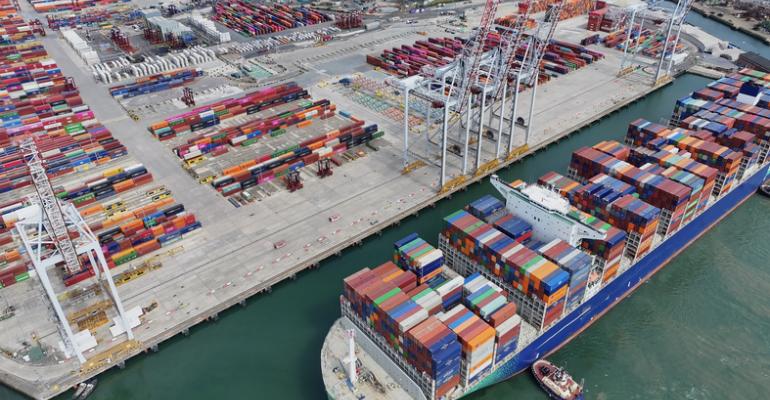Here’s an email that nobody whose job involves the use of imported merchandise—such as meeting planners—would want to receive from a merchandise provider:
Dear Valued Customer,
This is to inform you that as of 12:01 a.m. the long-feared strike by the International Longshoremen Association has become a reality. This means that all U.S. East Coast and Gulf Coast ports are shut down until further notice.
As a result, no cargo will be able to move in or out of any of the affected ports. Additionally, our sources have told us to expect the strike to last at least one to two weeks—and that severe backlogs and congestion will continue well into next year.
Clients with cargo already in transit to U.S. East Coast and Gulf Coast ports can expect, in the short term, to have their cargo trapped at sea. If the strike lasts longer than expected, it is possible that carriers may declare “Force Majeure” and unload all cargo bound for U.S. East Coast and Gulf Coast ports at a neighboring international port.
Additionally, all containers in each of the U.S. East Coast or Gulf Coast ports are now trapped, and it is possible that those containers will be subject to detention and demurrage charges.
Unfortunately, that is an email received by Dale Sherriff, CEO of Sherriff Medical Equipment and Supplies, which he posted to his LinkedIn account on October 1.
According to this article from the Associated Press, about 40 percent of all U.S. imports come though the 36 East Coast and Golf Coast ports. As a result, “the dockworkers’ strike, their first since 1977, could snarl supply chains and cause shortages and higher prices if it lasts more than a few weeks. Experts say consumers won’t likely notice shortages unless the strike lasts that long, although some perishable items such as bananas could disappear from grocery stores. In anticipation of a strike, most major retailers have stocked up on goods, moving ahead shipments of holiday gift items.”
Given the great uncertainty around this situation, business-event planners should be ready to source merchandise from North American suppliers—and be prepared to pay more.
Don't miss a thing: Sign up for our e-newsletters HERE.
And join the industry conversation: Connect with us on LinkedIn.





